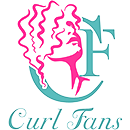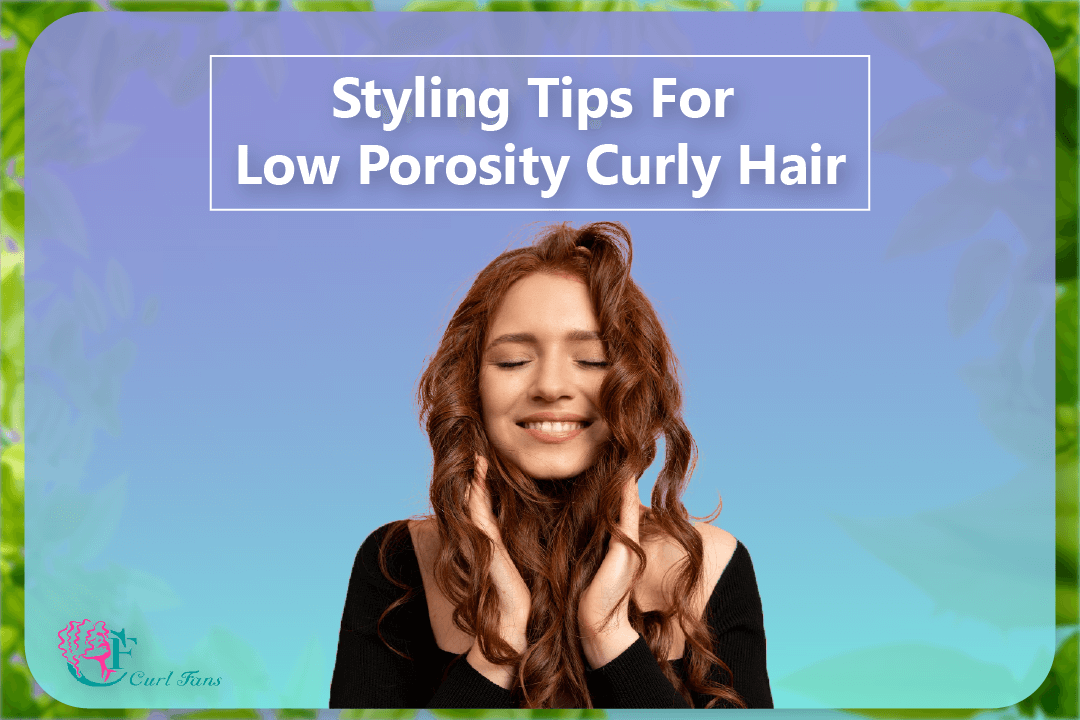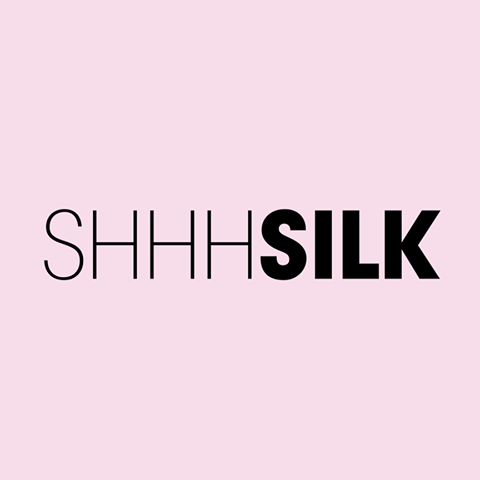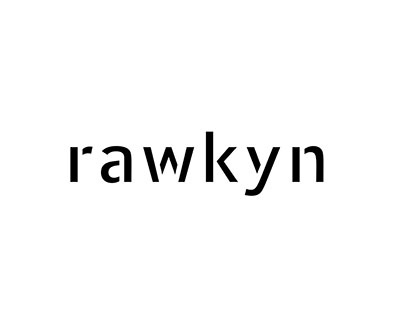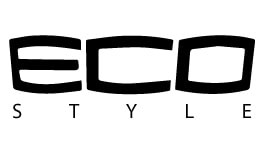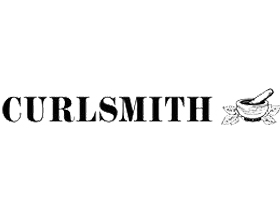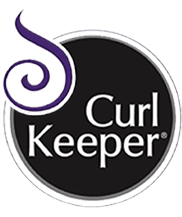What is porosity? As you may read Hair Type – Every Thing About It already, it refers to how efficiently your hair can take in and hold moisture. If you want to have healthy and defined hair, knowing your hair porosity is an important step. If you have low porosity hair, then you have noticed how hard it is to moisturize your hair. Low porosity hair can also lose moisture quickly. This post can help you style your low porosity hair.
Do you have low porosity hair?
You can use one of these methods to determine your hair’s porosity.
The Float Test: After brushing a few numbers of your strands, put them into a bowl of water. Then, wait for 2-4 minutes. If your hair stays above the water; Therefore, you have low porosity. And if it sinks, you have high porosity.
The Slip and Slide Test: Just move your finger smoothly up to the hair shaft (to the scalp). If you sense any bumps on the way; Therefore, you have high porosity. But if you don’t feel anything, you have low porosity.
Low porosity hair is actually healthy
With its firmly bound cuticle layer and a cover of scales that lay flat, this type of hair is normally viewed as healthy hair. It has lots of sheens, particularly in a dark color. Low porosity hair is defensive against moisture and it is also resistant to chemical processing.
It is also vulnerable to protein-rich deep conditioning products which leave build-up. It’s better that you use protein-free daily conditioners which contain humectants like glycerin or honey. We recommend using decent heat with protein-free deep conditioning treatments to open the firmly closed cuticle.
For this type of hair moisturization requirement, you should use moisturizers with lots of emollients such as shea butter, jojoba oil, coconut oil, and mineral oil. Humectant products can also be helpful to add moisture to your hair. Light and liquid-based products like hair milk are a great option and won’t leave your hair oily.
If you want to get more information about the medium or high porosity hair, check Hair Porosity.
Use a water-based leave-in conditioner
A water-based leave-in conditioner won’t make your curly hair too much greasy. It can also be a good choice if a lot of build-up stays in your hair. You can also have fewer wash days by using a water-based leave-in conditioner. Remember that you should always try to use lightweight products for low porosity hair. Check Bounce Curl Moisture Balance Leave-In Conditioner if you’re looking for a great leave-in conditioner for your low porosity curls.
Bounce Curl Moisture Balance Leave-In Conditioner

Try a moisturizing cream
A moisturizing cream, not only will it moisturize your curls, but also it can define your curls. For a low porosity, it can be harder to define too, a great cream can really be helpful. If you are looking for a great moisturizing cream, try INAHSI Rock Your Curls Curl Enhancing Cream & Curlsmith Feather-Light Protein Cream.
INAHSI Rock Your Curls Curl Enhancing Cream
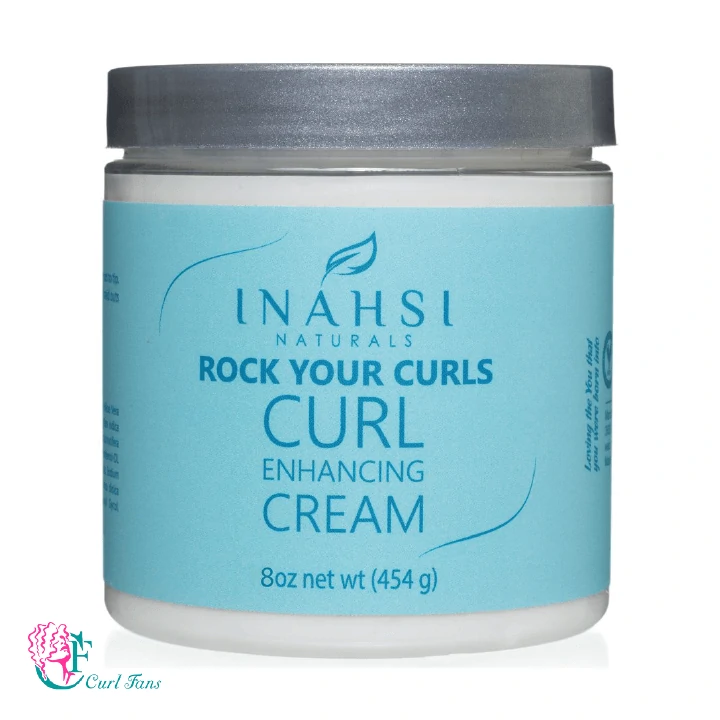
Curlsmith Feather-Light Protein Cream
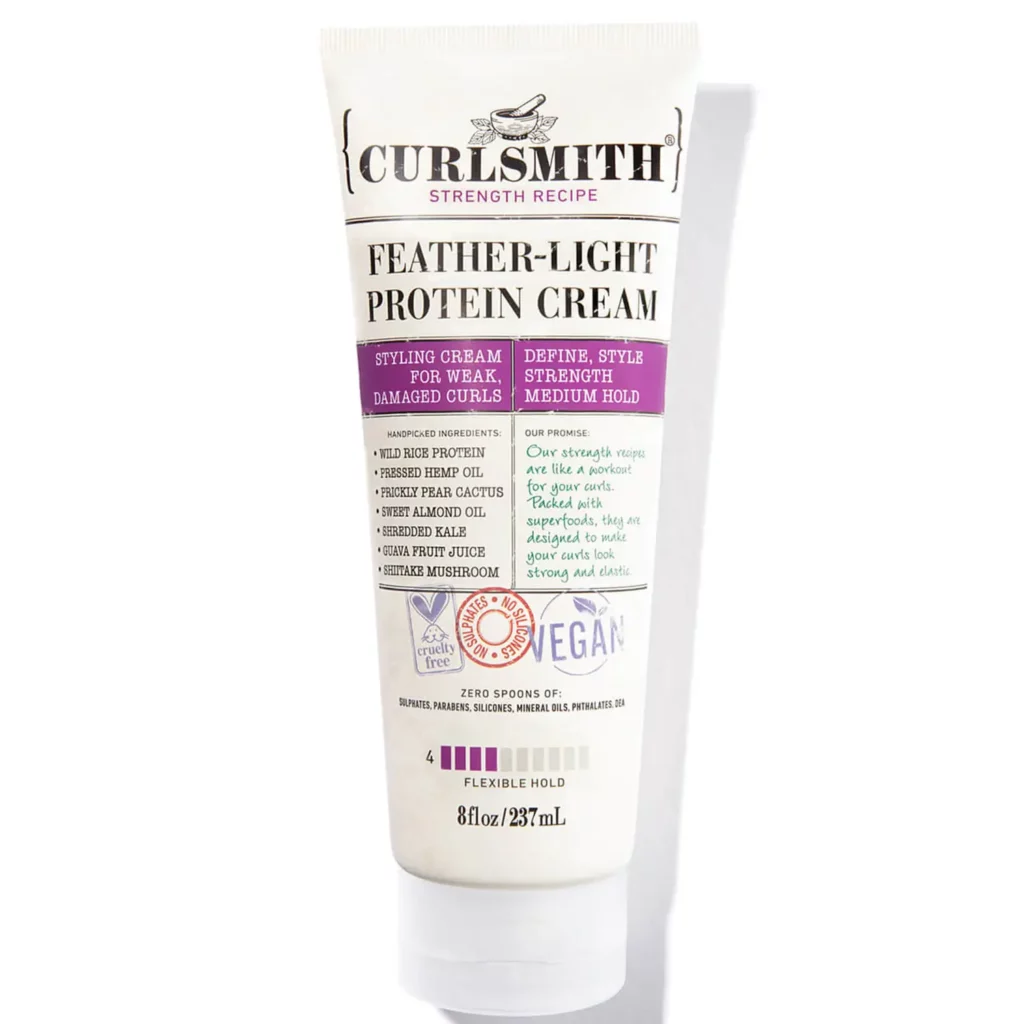
Try steam for your hair
You can try steaming to make your hair absorb more moisture. Steam can open your cuticle which makes the moisture easier to be absorbed. You can use a hair steam cap for this process. An inexpensive way to experiment with using steam.
Use a clarifying shampoo
Product or environment build-up can make the moisture-absorbing process much harder. You should always try to use lightweight products. If you want to remove any build-up of your hair, you can use a clarifying shampoo. You can use Bounce Curl Gentle Clarifying Shampoo or INAHSI Soothing Mint Clarifying Shampoo which is a great choice.
Bounce Curl Gentle Clarifying Shampoo
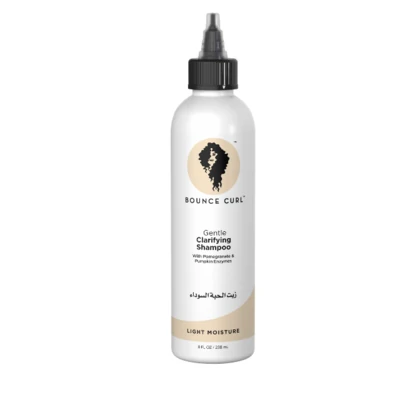
INAHSI Soothing Mint Clarifying Shampoo
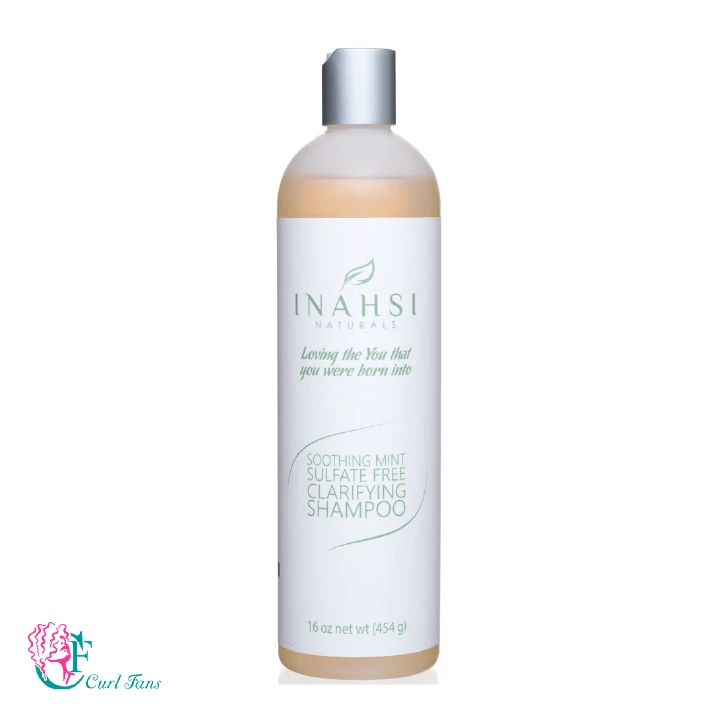
Try jelly.
As you know by now, low porosity hair can’t absorb as much moisture as medium or high porosity. One thing that you can try is to use jelly. Curls So So Def Vitamin C Curl Defining Jelly is an amazing option if you want to try jelly.
Curls So So Def Vitamin C Curl Defining Jelly
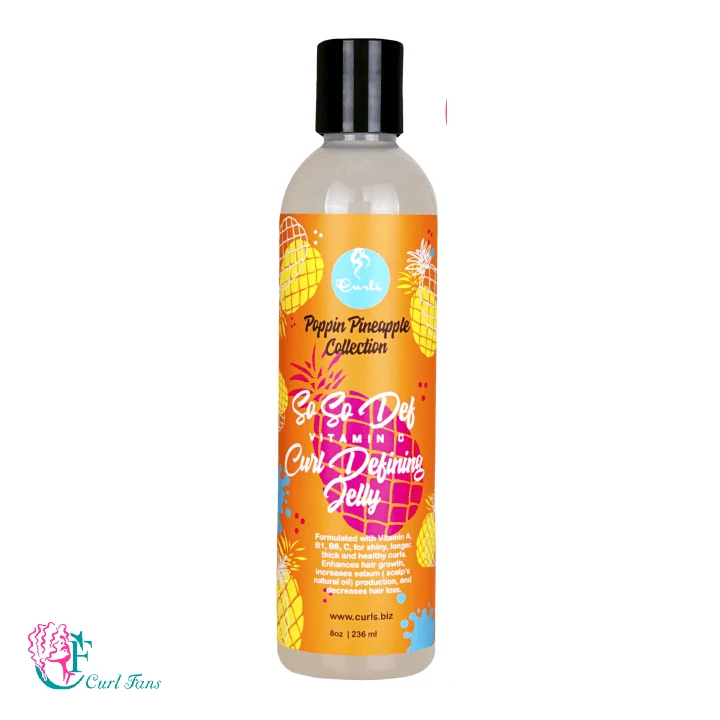
So So Def Vitamin C Curl Defining Jelly contains Vitamins A, B1, B6, and C and will keep your curls in great style all day long.
Frequently Asked Questions About Styling Low Porosity Curly Hair:
Using warm water instead of cold lets you open the cuticle a little, allowing moisturizing ingredients to penetrate your hair shaft. To seal the moisture inside the hair, rinse after conditioning with cool water.
To boost moisture, support your natural curl pattern, tame frizz, and add definition, hair masks, deep-conditioning treatments, gels, and mousses are essential.
As low porosity curls struggle to maintain moisture, they are prone to dryness. To minimize frizz, you must moisturize your strands daily. Use water, a curl refreshing spray, or even a light leave-in conditioner to spritz your curls every few hours.
Regularly wash your hair. By washing your hair weekly or biweekly, you will prevent product build-up and allow it to absorb some moisture again.
Oils such as jojoba oil, grapeseed oil, argan oil, sweet almond oil, sesame oil, and baobab oil are perfect for low porosity hair.
Low porosity hair requires a leave-in conditioner.
You can moisturize low porosity hair if it feels dry. Extra-dry hair usually needs to be moisturized a couple of times a week. For everyone else, once a week should be fine.
Natural shea butter is excellent for low porosity hair.
If you have found any method that works for your hair, you can share them in the comments. This can be very useful for those who have your hair type. Have you tried any methods or tips that we mentioned in this post? if so, tell us which one worked for your hair type.
